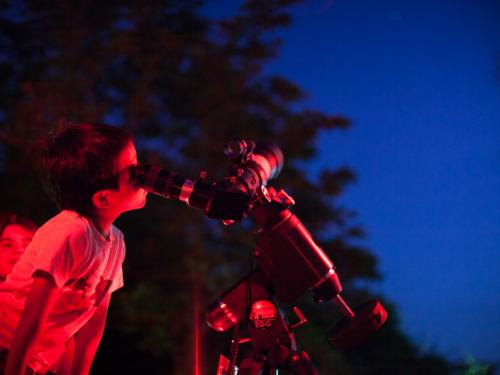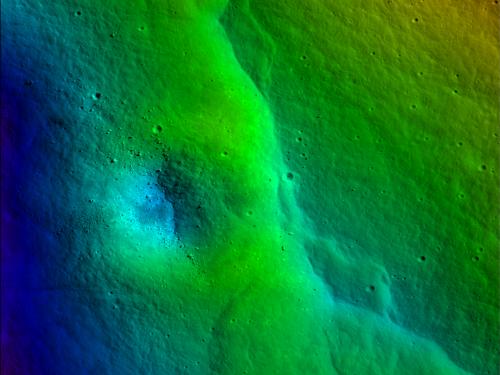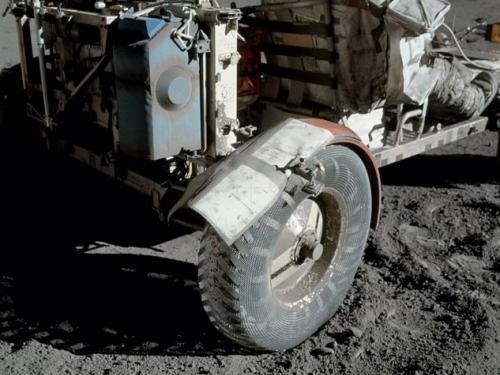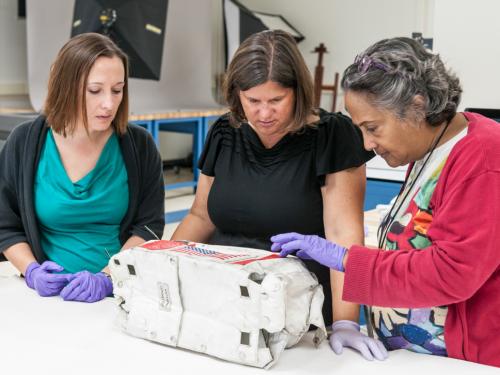
Stories of daring, stories of technological feats, stories of prevailing against the odds ... these are the stories we tell at the National Air and Space Museum. Dive in to the stories below to discover, learn, and be inspired.
Showing 111 - 120 of 156

December 20, 2015
One of the most common questions we get at the Phoebe Waterman Haas Public Observatory is about what kind of telescope to buy, whether for a gift or for personal use. We’re here to help answer that question.

December 10, 2015
This past year, I had the opportunity to lead a largely volunteer team, with supervision from museum specialist Anne McCombs and curator David DeVorkin, on a major restoration project of the Museum’s Apollo Telescope Mount (ATM). The ATM we worked on was a backup to the one used in 1973 on the Skylab space station to study high-energy solar activity.

November 06, 2015
I’ve done a lot of “cool” things as an educator at this Museum: performed a solar system dance with Miss America, chatted with astronauts, and given people their first awe-inspiring views through a telescope. But I have to say, my most recent experience was truly out of this world. On Monday, October 19, 2015, I participated in the second Astronomy Night at the White House. This event is designed to get youth excited about astronomy, space exploration, science, and engineering.

September 25, 2015
You may have heard about the “supermoon eclipse” that will happen this Sunday, September 27. Sounds pretty exciting! But what does it mean? Let’s start with the “supermoon” part. The Moon’s orbit around the Earth is not a perfect circle; it’s an ellipse, which means that the distance between the Moon and the Earth changes over the course of a month. When the Moon is in the part of its orbit that brings it closest to Earth, the perigee, it appears larger in our sky.

September 18, 2015
Planetary science is one of those fields of research where you can always count on being surprised. The remarkable terrain of Pluto and Charon in images being sent back by the New Horizons spacecraft certainly qualifies. One of my all-time big surprises is from a recent discovery on an object much closer to home—the Moon.

August 31, 2015
When most people think of emergency fixes in space, the first incident that comes to mind is the famous Apollo 13 mission. The astronauts fashioned duct tape and surplus materials into air filtration canisters in the lunar module to keep all three astronauts alive for the entire trip home.

January 20, 2015
It was particularly timely that during the hustle and bustle of the 2014 holidays, I, along with curators Jennifer Levasseur and Cathleen Lewis, had a very special package to open for the very first time.

December 08, 2014
Venus has almost the same diameter as the Earth and is the next closest planet to the Sun. The similarity ends with the weather report, however. The surface temperature is more than 465 o C (870o F) and atmospheric pressure is 90 times that of Earth. The surface is hidden from view by a dense blanket of clouds, so we must use radar systems to “see” the landscape below.

April 14, 2014
If you live in North America or western South America, you have a treat in store for you tonight or early tomorrow morning: a total lunar eclipse! If you live elsewhere in the world, or if it’s cloudy in your location – as it probably will be tonight at our location in Washington, DC – you can still see the eclipse online. Several websites will host live streams. Some of their locations will be clouded out, so we recommend that you search for “lunar eclipse live stream” and browse the results. You can also participate in a live web chat during the eclipse with NASA astronomers.
December 26, 2013
As our northern hemisphere days begin to lengthen, I like to think about the many ways people have marked the Winter Solstice throughout human history. Like Summer Solstice (the longest day), the equinoxes, and motions of the planets and Moon through the sky, Winter Solstice has long been observed, recorded, and used to construct special buildings. Some of these buildings were erected so long ago that no written record of their use is available today, but they clearly point at cultures that valued the knowledge of precisely when the longest night of the year occurs. Two ancient cultures in the northern hemisphere whose monuments I’ve visited come to mind: Celtic and Anasazi.